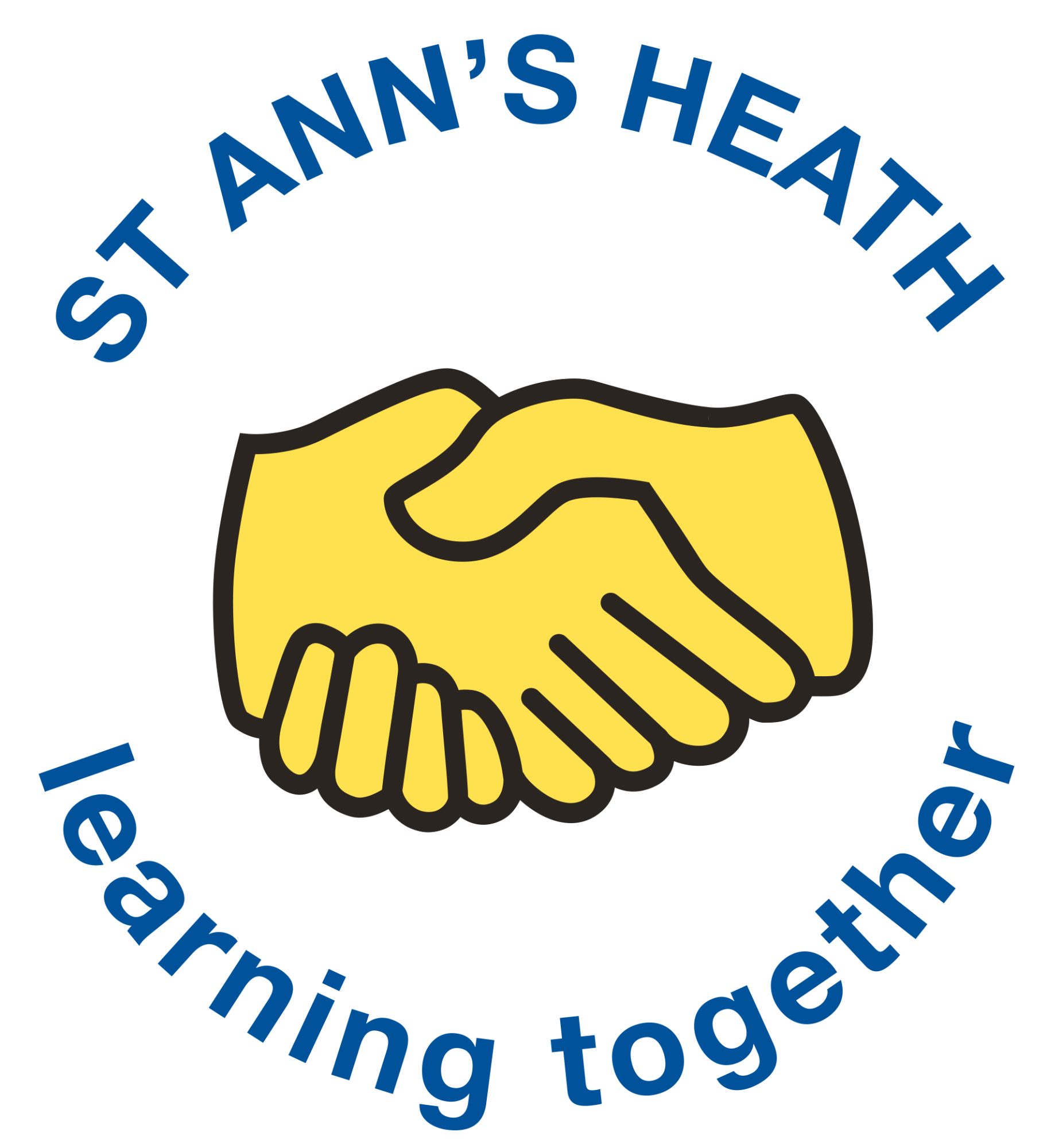Little Wandle
Little Wandle Rapid Catch-up is a complete catch-up programme that mirrors the main phonics programme but has a faster pace. It has been created to help children catch up quickly. This quote from the Reading framework (2021) makes it clear why this is so important:
‘After Year 1, learning in the wider curriculum depends increasingly on literacy. Pupils who cannot read well enough do not have full access to the curriculum. Those who fail to learn to read early on often start to dislike reading. They read less than others – and less often – and do not accumulate the background knowledge and vocabulary from reading that their peers do. The word-rich get richer, while the word-poor get poorer.’
The programme has been developed to ensure plenty of repeated practice in blending, word reading and spelling in each lesson, using a range of activities such as Change it, Match the words to the pictures and Mix it up. Children also need to learn the meaning of the words that they read, which is why we provide simple definitions or contextualising sentences for words. By the end of the programme children should be reading with enough fluency and accuracy to access the curriculum in class, and to read with enjoyment and understanding.
For information on how to support children on the Little Wandle Rapid Catch-up programme, please follow this link:
https://www.littlewandlelettersandsounds.org.uk/resources/for-parents/
As of September 2024, we have also started following the Little Wandle Fluency Programme. We want children to become readers who can bring the text alive in their minds and voices.
‘There is growing evidence that a significant relationship between prosodic reading and reading achievement exists, along with strong correlations with prosody and comprehension development.’ (Rasinski, 1985)
We teach prosody in every Little Wandle Fluency reading lesson, building on the familiar practice from the Little Wandle core programme and rapid catch-up reading practice sessions. We know teaching prosody helps children to understand the text at a deeper level and connect to language – it makes the meaning of the words come alive for them as readers.
‘Each time a student reads a text, their reading improves on many fronts … More importantly, when they move to a brand-new text to read, their gains “stick”.’ (Rasinski, 2018)
Each fluency lesson includes repeated reading and a variety of reading activities, including the following:
• echo reading
• rehearsed reading
• emotion reading
• marking up texts for reading with prosody.

